10 March 2025
Choosing the right paddle for competitive table tennis is like picking the perfect weapon for a duel — it could make or break your game. Whether you're a seasoned pro or just getting your feet wet in the world of competitive table tennis, the right paddle can be the difference between winning and losing. But with so many paddles out there, how do you know which one is the best for you?
Don't worry, I've got your back. We'll break it down step-by-step, and by the end of this guide, you'll know exactly what to look for when choosing the right paddle to dominate your opponents.
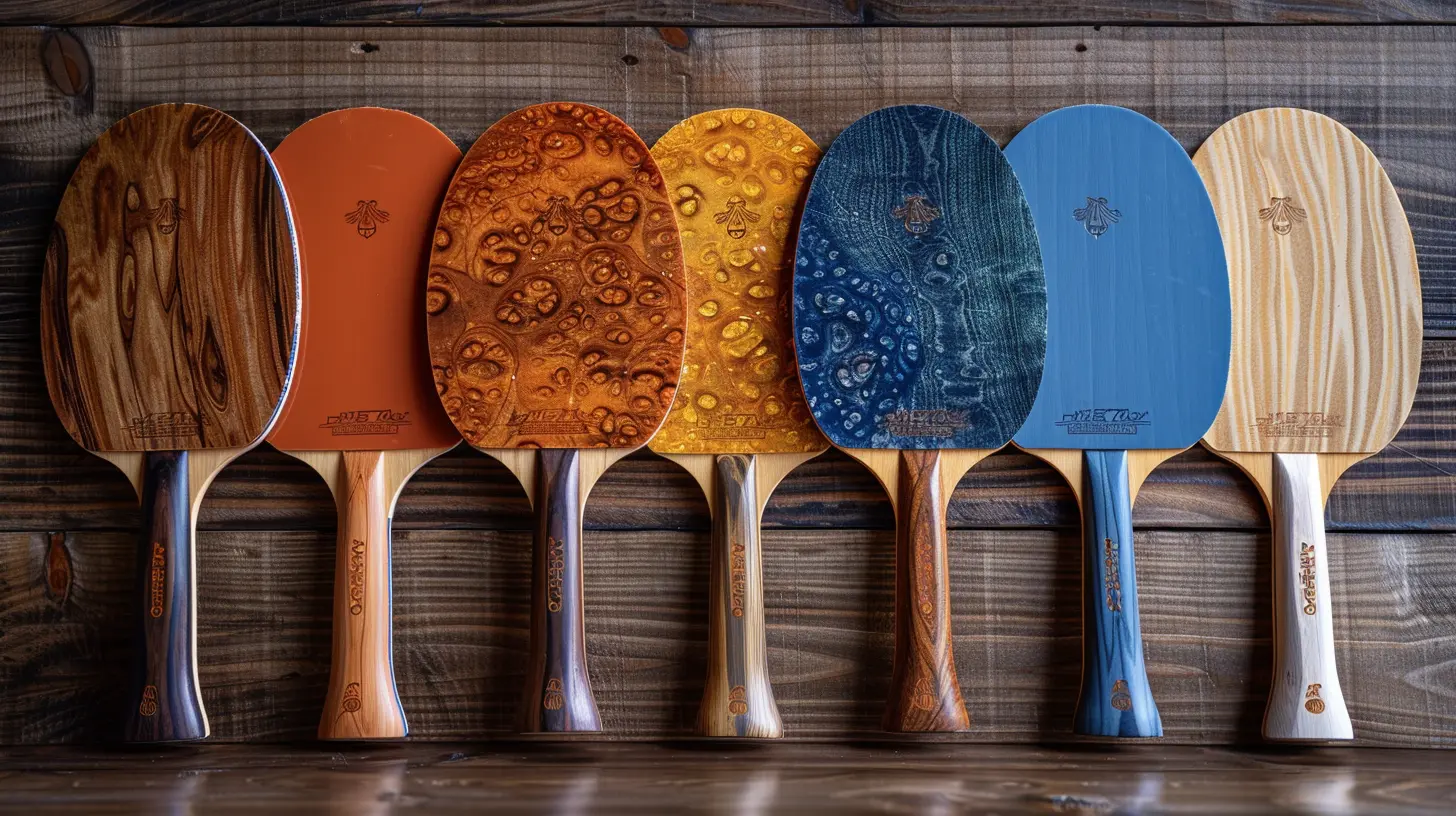
Why Choosing the Right Paddle is Crucial
Before we dive into the nitty-gritty of paddle selection, let’s first talk about why this decision matters so much. Table tennis (or ping pong, if you prefer) is a game of speed, precision, and control. The paddle is your primary connection to the ball, so naturally, it has a huge impact on how you play.If you choose a paddle that doesn’t suit your style, it’s like trying to run a marathon in shoes that don’t fit. You can do it, but it won’t be comfortable, and it sure won’t be your best performance. The right paddle enhances your strengths and compensates for your weaknesses. It can improve your spin, give you better control, and help you outmaneuver your opponent.
In short: a well-chosen paddle can elevate your game, while the wrong one might hold you back. So, let’s get into how you can find the perfect one for your playing style.

The Parts of a Table Tennis Paddle
Before you pick out a paddle, it’s important to understand the basic components. A table tennis paddle consists of three main parts:1. Blade (the wooden part)
2. Rubber (the grippy surface on each side)
3. Handle (where you grip the paddle)
Each of these parts plays a significant role in how the paddle performs. Let’s break them down one by one.
1. The Blade: What's at the Core
The blade is the heart of the paddle. It is made from layers of wood, carbon, or composite materials. Typically, a blade consists of five to seven layers. The number and type of layers affect how the paddle handles, and here’s where things can get technical, but stick with me.- Wood Blades: These paddles are known for giving players a better feel for the ball. They provide more control, which is important for players who rely on precision.
- Carbon/Composite Blades: These paddles are faster and more powerful. They are ideal for aggressive players who like to play with speed and force.
When choosing a blade, you’ll also want to consider its weight. Heavier blades pack more power, but lighter blades offer better control and faster reaction times. If you're just starting out, I’d recommend going for something in the middle ground — not too heavy, not too light — until you figure out your playing style.
Blade Speed and Flexibility
Another thing to keep in mind is the blade's speed and flexibility. Blades are often rated based on their speed, from slow (DEF - defensive) to fast (OFF - offensive). Here's a quick breakdown of the types:- DEF (Defensive): Slow blades that help with control and precision. Ideal for players who like long rallies and defensive plays.
- ALL (Allround): Balanced speed and control, suitable for players who mix both offensive and defensive strategies.
- OFF (Offensive): Fast blades designed for aggressive, attacking playstyles.
2. The Rubber: Where Spin and Speed Come to Life
The rubber on your paddle is what gives you the ability to generate spin and control the ball. There are two sheets of rubber on a paddle — one on each side — and they can be different depending on your preferences.- Inverted Rubber: This is the most common type of rubber. It has a smooth surface that allows for maximum spin generation. If you're into making your opponent sweat with tricky spins, inverted rubber is what you’ll want.
- Pimpled Rubber (Pips): These have small bumps on the surface and are used for different effects. Short pips give you quick, flat shots with less spin, while long pips can reverse your opponent’s spin and mess with their rhythm.
Thickness of the Rubber
The thickness of the rubber sponge underneath the surface also plays a role in how the paddle performs. Thicker sponges (2.0mm or more) provide more speed but less control. Thinner sponges (1.5mm or less) offer more control but slower speed. If you're new to competitive play, a medium thickness (1.7mm to 1.9mm) might be a good starting point until you figure out what suits your game.3. The Handle: Comfort is Key
The handle might seem like a minor detail, but it can have a big impact on your grip and comfort during long matches. There are three main types of handles:- Flared (FL): Widens at the end, preventing the paddle from slipping out of your hand. This is the most popular handle type.
- Straight (ST): Has an even width from top to bottom. Some players prefer this handle for greater flexibility in grip changes.
- Anatomic (AN): Curved to fit the shape of your hand, offering a comfortable and secure grip.
Ultimately, the best handle is the one that feels right in your hand. You want something comfortable that allows you to maintain a firm grip without straining your wrist.
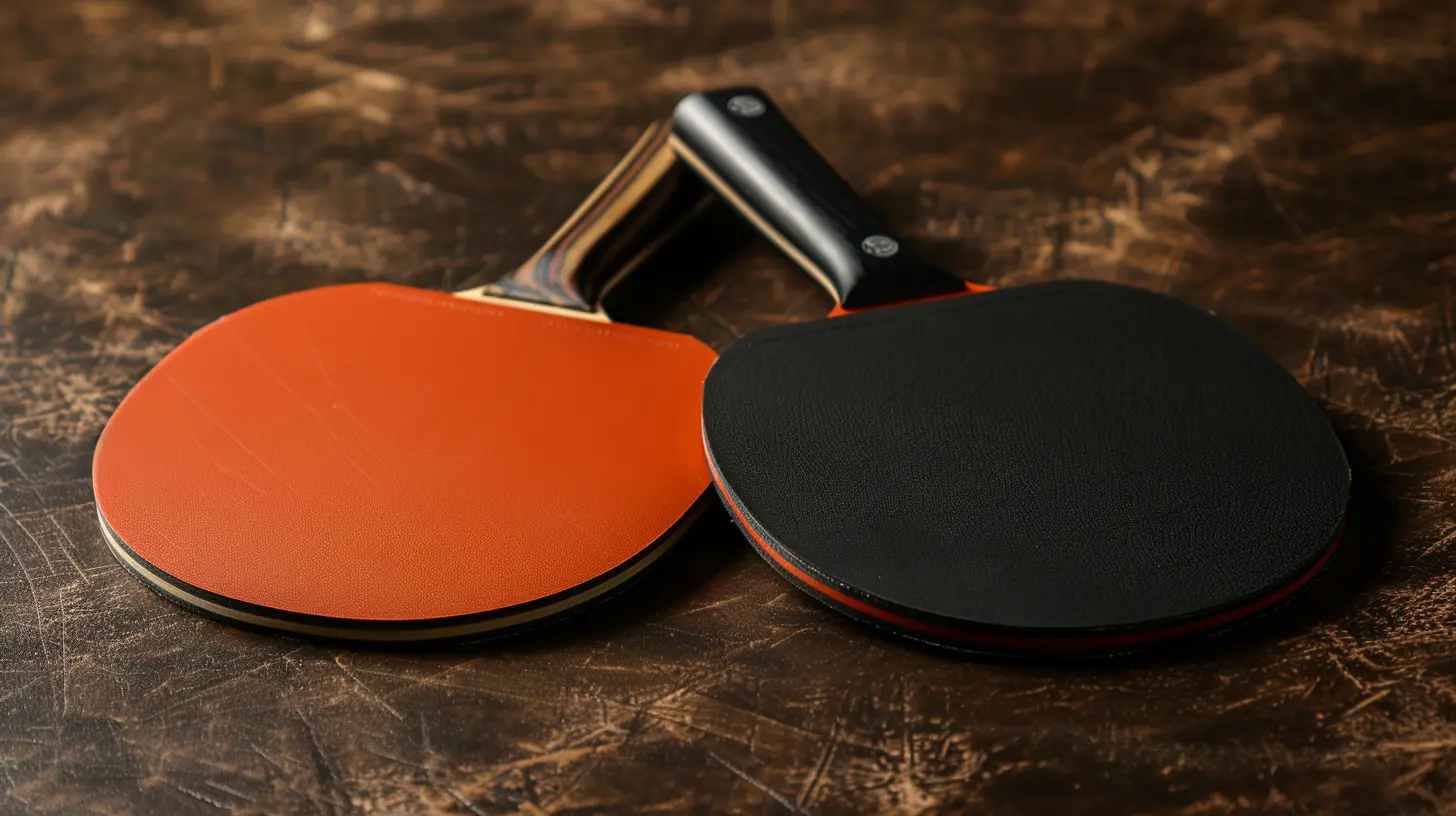
Matching Your Paddle to Your Playing Style
Now that you understand the components of a paddle, the next step is figuring out which paddle suits your playing style. Are you a defensive player who likes to outlast your opponent, or are you an aggressive attacker looking to end points quickly? Let’s break it down:1. For Defensive Players
If your style is all about defense—keeping the ball in play, blocking attacks, and returning spins—then you’ll want a paddle that gives you maximum control. Look for:- Blade: A slower, defensive blade (DEF) with more flexibility for better control.
- Rubber: Go for a rubber that prioritizes control over speed. A thinner sponge (1.5mm or less) will help you focus on precision and spin defense.
- Handle: A flared handle is a safe bet as it provides a firm grip during long rallies.
2. For Offensive Players
Are you always on the attack, trying to finish points with powerful smashes and fast spins? Then you’ll need a paddle that emphasizes speed and power. Look for:- Blade: A fast, offensive blade (OFF) made from carbon or composite materials for added power.
- Rubber: Thicker sponge (2.0mm or more) with an inverted surface for maximum spin and speed.
- Handle: A straight handle can give you more flexibility, especially if you like to switch grips during play.
3. For All-Round Players
If you’re someone who switches between offense and defense as the game demands, you’ll need a paddle that offers a balance of speed and control. Look for:- Blade: An all-round blade (ALL) that offers a middle-ground in speed and flexibility.
- Rubber: Medium thickness rubber (1.7mm to 1.9mm) for a balance of spin, speed, and control.
- Handle: An anatomic handle can offer comfort and versatility for switching between different types of shots.
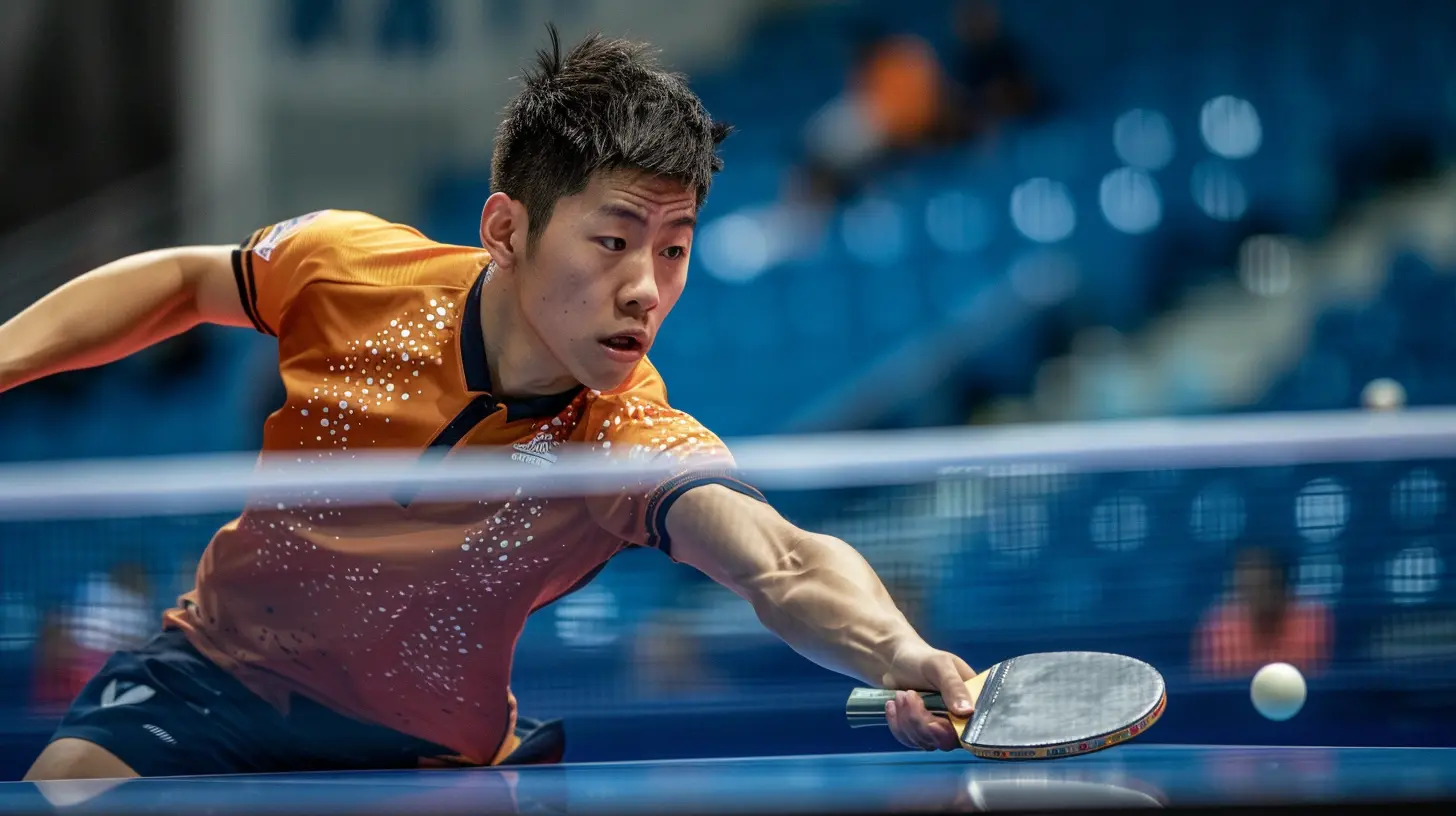
Testing Your Paddle
Once you've narrowed down your choices, the best way to find your ideal paddle is to test it out. If possible, try borrowing paddles from friends or teammates, or visit a store where you can test different models. Feel how the paddle fits in your hand, how it responds to your shots, and whether it complements your style.Remember, what works for someone else might not work for you, so trust your instincts. If a paddle feels comfortable and helps you perform better, it’s probably the right one.
Final Thoughts: Don’t Rush the Process
Choosing the right paddle for competitive table tennis is a personal journey. It’s not just about picking the most expensive or the most popular paddle — it’s about finding the one that suits your unique style of play. Take your time, experiment, and don’t be afraid to make adjustments as your game evolves.Ultimately, the right paddle should feel like an extension of your hand, one that helps you take control of the game and dominate the competition. So, take the plunge and find the paddle that will elevate your table tennis game to the next level!

![Beyond the Stats: The Leadership of [Player Name] On and Off the Field](/pictures/blog/small/beyond-the-stats-the-leadership-of-player-name-on-and-off-the-field_3.webp)

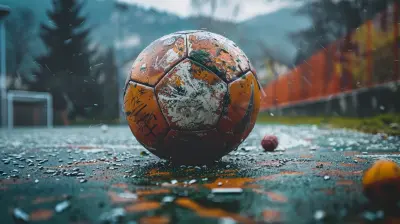
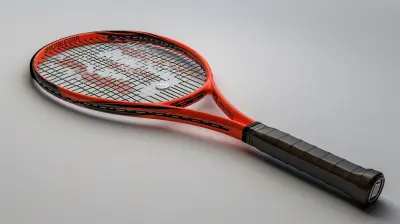



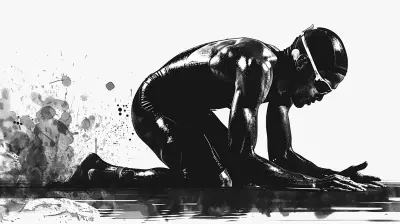
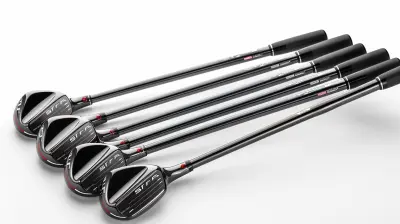
Ronan Gates
Great insights! Choosing the right paddle can truly elevate one's game. Your tips on weight, grip, and blade type resonate with both beginners and seasoned players. Excited to see how this helps the community!
March 31, 2025 at 11:35 AM